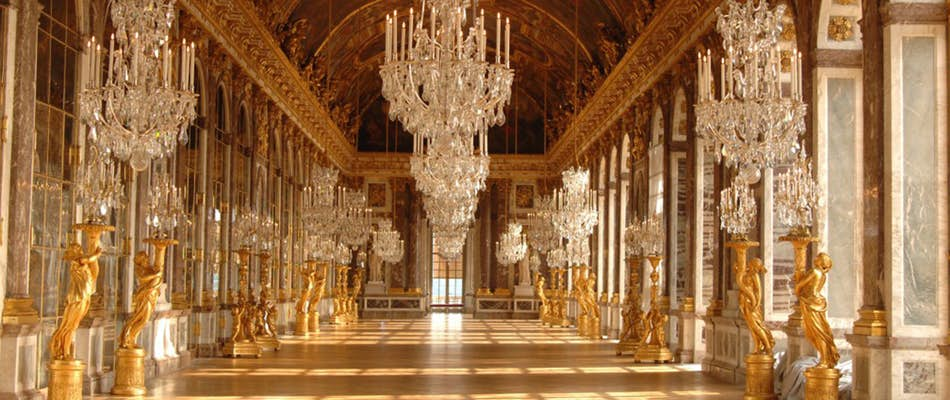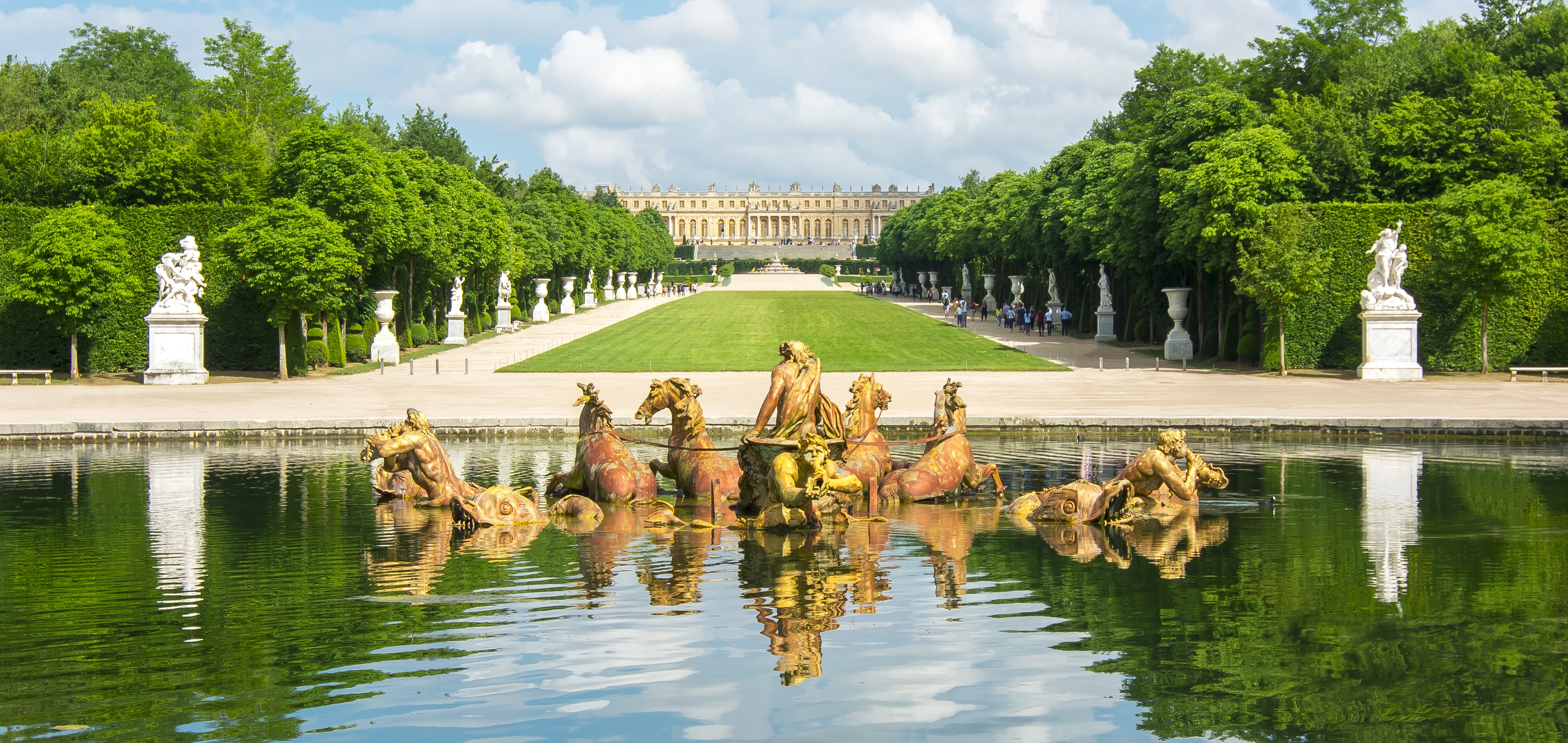400 and counting: Palace of Versailles reaches an anniversary for the ages
Articles
Attorney Spotlight
View more from News & Articles or Primerus Weekly
By Tom Kirvan
As far as anniversary celebrations go, a 400-year milestone eclipses just about any momentous occasion, which seems particularly fitting for marking the grand creation of the Palace of Versailles four centuries after it was built.
The quatercentenary celebration will officially begin September 17 when the public is invited to discover the completely redesigned and refurbished Gallery of the History of the Palace, detailing the rise of the magnificent structure that was built during the 17th century reign of King Louis XIV.
The palace, with its lavish gardens and fountains, is a spectacular example of French classical architecture while also serving as a beacon of hope when the peace treaty that formally ended World War I – the “war to end all wars” – was negotiated and signed in June 1919 by the Allies and Germany.
In 1783, nearly 140 years before the end of World War I, Versailles also was the site of another peace treaty with world-wide consequences. It was then that the Treaty of Paris was signed, officially ending the American Revolutionary War with the United Kingdom. Among the American signatories was Benjamin Franklin, the legendary diplomat and inventor who served as the first U.S. ambassador to France.
Yet, for all of the city’s historical significance on the world stage, its biggest draw is the Palace of Versailles, the former French royal residence that is now a national landmark and a “must-see” tourist attraction for those attending the Primerus Global Conference October 26-28 in Versailles, a chic city located 11 miles west of Paris.
“Perhaps the most-famous room in the palace is the Hall of Mirrors,” according to an overview appearing in Britannica.com. “The gallery extends more than 230 feet and is characterized by 17 wide arcaded mirrors opposite 17 windows that overlook the gardens below. Glass chandeliers adorn the arched, ornately painted ceiling, upon which Le Brun depicted a series of 30 scenes glorifying the early years of the reign of Louis XIV. Gilded statues and reliefs border its marble walls. The hall is flanked on opposite ends by the equally striking Salon of Peace and Salon of War.”


Another feast for the eyes are the gardens of Versailles, which were designed by Andre Le Notre, widely regarded as the most famous and influential architect in French history.
“Behind the palace, the ground falls away on every side from a terrace adorned with ornamental basins, statues, and bronze groups,” according to a summary offered by Britannica.com. “Directly west of the terrace is the Latona Fountain, designed by Le Notre and sculpted by Gaspard and Balthazard Marsy. The fountain depicts the events of Ovid’s ‘Metamorphoses.’ The Royal Walk extends westward from the palace. A broad avenue centered on the grass of the Green Carpet, it is flanked by rows of large trees and ends at the spectacular Fountain of Apollo. Beyond the fountain, the line of walk is continued by the Grand Canal, a 200-foot wide 1-mile-long waterway. During Louis XIV’s tenure at Versailles, Venetian gondolas traversed the Grand Canal, and modern visitors to the palace can ply the same waters in small rowboats.”
For those with a taste for more details on the anniversary celebration, here’s a link to a press release prepared by the Ministere De La Culture that highlights the history of the palace and the sight-seeing opportunities that await: https://en.chateauversailles.fr/press/ouvertures-espaces/gallery-history-palace